The Importance Of Sugars In Cannabis Cultivation
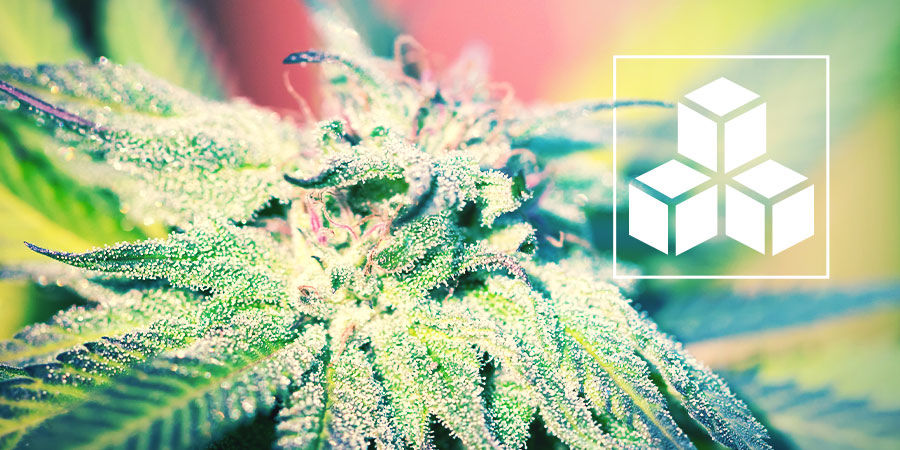
You've spent weeks making sure your weed plants are receiving enough nutrients; you've designed your watering schedule with a great degree of accuracy—but does your plant have enough sugar to form fat flowers? Find out why sugar is crucial in cannabis cultivation, and how to measure it.
Sugar. To many of us, this word conjures an image of a white, crystalline, addictive condiment used to sweeten foods. It’s also what gives fruits like bananas and mangoes their pleasant flavours. However, sugar is more than just a sweetener. It’s a source of energy present throughout the natural world—and it plays an especially important role in the development of cannabis plants.
WHAT IS SUGAR (AS IT RELATES TO CANNABIS)?
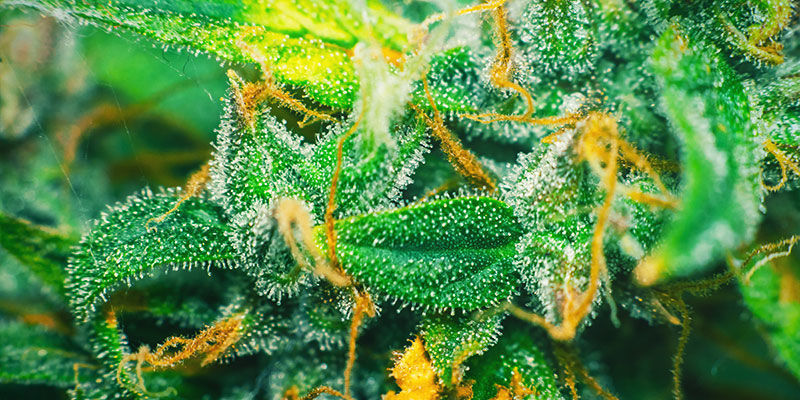
Sugar is an umbrella term that encompasses a conglomerate of molecules. Simple sugars, such as glucose and dextrose, are known as monosaccharides (“mono” meaning one). These simple molecules are the most basic unit of carbohydrates, featuring carbon, nitrogen, and hydrogen atoms. These small units can join up to make more complex sugars called disaccharides (“di” meaning two).
Longer chains of these simple molecules are the backbone of complex carbohydrates such as oligosaccharides and polysaccharides. However, science doesn't regard these as sugars.
Cannabis growers are often so caught up with nutrients and water schedules that they overlook the importance of sugar in their plants. Granted, their crop can manufacture this vital energy source independently, but it’s still worthwhile for cultivators to understand its critical role.
Let’s delve into the action of sugar in cannabis plants. We’ll start by covering photosynthesis and how sugar improves bud production, and then explore ways to monitor sugar levels in your plants.
IMPORTANCE OF PHOTOSYNTHESIS
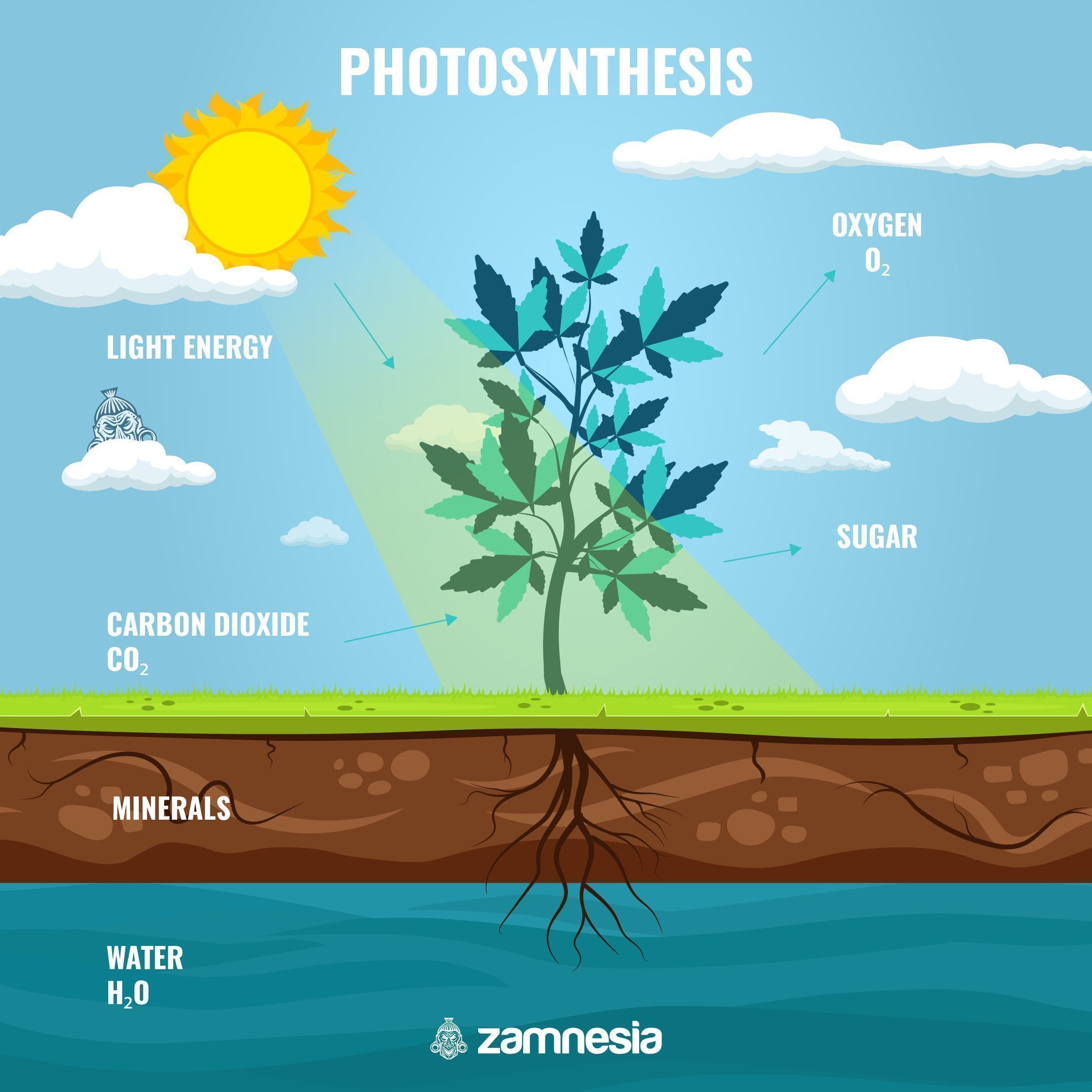
Us humans have to proactively keep ourselves fed to provide the glucose that powers our cells and feeds our brain. Plants, on the other hand, create their own supply of sugar by absorbing the sun’s rays. This process is known as photosynthesis—a word swiftly forgotten during biology class, yet rapidly remembered when entering the world of cannabis cultivation.
Plants are the only source of sugars in the natural world, with the exceptions being lactose, which occurs in milk, and some sweet-toothed bacteria. When it comes to cannabis, the magic happens in the fan leaves.
Photosynthetic cells within these leaves contain specialised organelles called chloroplasts. These structures contain the pigment chlorophyll, which gives many plants their green appearance. Chlorophyll molecules capture sunlight and convert it into adenosine triphosphate (ATP)—the cellular currency of energy.
However, sunlight is only one piece of the puzzle. Plants also use water absorbed through the roots and carbon dioxide absorbed through the stomata in this equation. This essential triad converges to generate glucose. Plants then release oxygen as a byproduct of the reaction.
Sugar also plays a fundamental role in the structure of plants. These seemingly intelligent beings string together glucose molecules to make cellulose—a substance that provides strength, structure, and shape.
SUGARS DIRECTLY IMPACT GROWTH AND BUD PRODUCTION
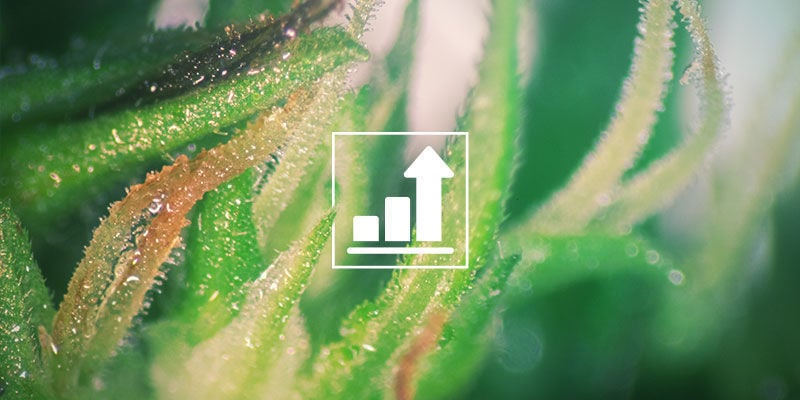
Sugars are essential during the entire growing cycle. Plants use glucose-derived ATP in key physiological reactions involved in respiration, photosynthesis, and the construction of cell walls.
Glucose plays an especially important role during the lead-up to reproduction. To growers, this means the mid-flowering phase! Sugars come to the forefront around four weeks into flowering. During this time, plants use the molecule to fatten their buds.
Not only do sugars contribute to the size and density of flowers, but plants use them in the production of resin and the formation of aromatic terpenes. The latter are responsible for the signature smells of specific cannabis strains, and also offer sedating or energising properties.
DISTRIBUTION OF SUGARS IN CANNABIS
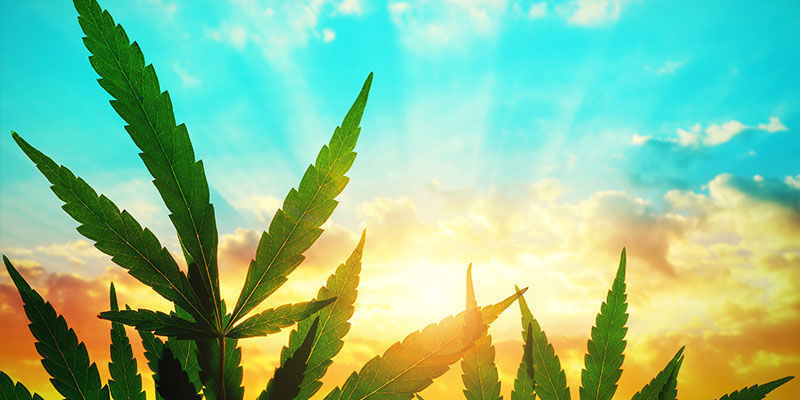
After photosynthesis, plants distribute glucose molecules to areas where demand is the highest. They transport sugar in the form of sap—a viscous substance that also contains water, minerals, amino acids, and plant hormones.
The leaves of the cannabis plant are known as sugar sources. Within the source, the sap enters the phloem. The phloem is a transportation system that contains specialised cells. Water is used to create pressure in the phloem and to transport sap and the contained sugar into sugar sinks—areas where glucose is stored and used. These sinks include areas of active growth such as flowers, roots, and leaves. Sugars support size and growth in flowers—an essential factor for every cannabis grower!
Sugar also plays a vital role in the roots. Plants exude sugars into the soil and use the energy source to feedbeneficial microbes such as bacteria and mycorrhizal fungi. In return, these life forms break down organic matter and deliver nutrients to the roots.
MONITORING SUGAR LEVELS
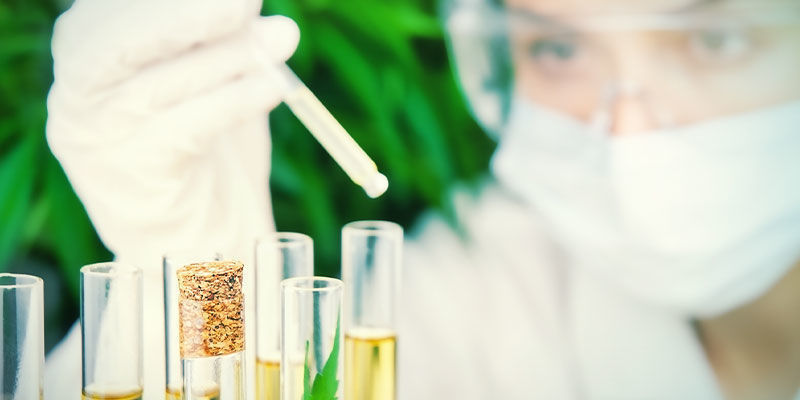
Growers can ensure their plants are creating enough sugar by measuring the glucose content in the sap. Although it sounds like a complex process that could only take place within a lab, in reality, it can be done at home using a simple handheld tool. Allow us to introduce the refractometer.
Refractometers are inexpensive devices used to measure Brix—the degree to which light refracts when moving through a solution. We’ve been back to biology class, and now it’s time to recap some physics!
Put simply: refraction is the bending of light that occurs when a ray enters a prism or a body of water. A straight ray of light appears to angle off as it passes through the object or solution. The phenomenon is a result of the light being diverted as it enters a different medium.
Refractometers measure the angle of refraction in degrees Brix (°Bx).
Before measuring sugar content, make sure you conduct readings at room temperature. You’ll have to tune your device. Look down the eyepiece and adjust the focusing ring so you can see the scales inside clearly. Remove the cover plate and wipe away any dust to ensure an accurate reading. Next, use a pipette to squirt distilled water onto the prism and close the cover. Find a bright source of light, peer into the eyepiece, and take a reading. Distilled water should give you a measurement of 0°Bx, which is equal to 0% sugar.
Now it’s time to measure the sugar in your cannabis plants. Press a sap sample out of a fresh cannabis leaf and drop it into the prism. Close the cover and take a reading. 1°Bx is equal to 100 grams of sugar in a solution. Anything over 12°Bx, or 12%, is regarded as ideal. Anything lower than this indicates that your cannabis plant is lacking sugar, which may be due to insufficient light intensity or lack of nutrients.
4 WAYS TO INFLUENCE SUGAR PRODUCTION IN CANNABIS PLANTS
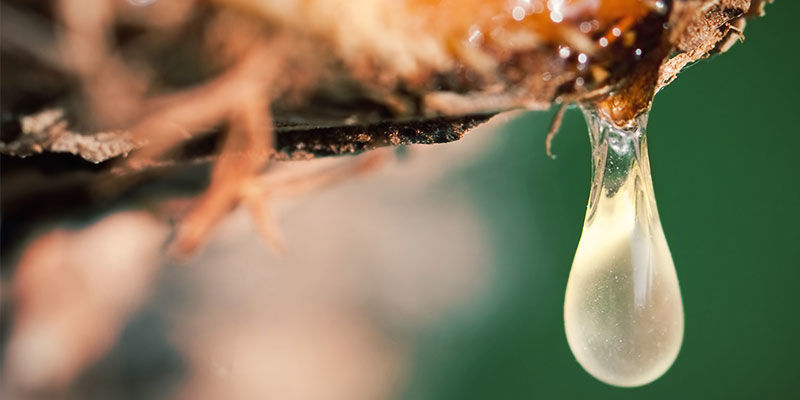
If your plant is lacking sugar, you’ll need to encourage sugar production either by adding sugar sources directly, or by encouraging production via other methods.
1. DEFOLIATE
Trimming might seem counterintuitive when your plant is lacking sugar. Leaves help to create sugar, right? True! But removing leaves prompts plants to redirect sugar to buds, instead of to excess foliage. Trimming, pruning, or defoliating—whatever you want to call it, it’s a surefire way to boost the sugar content in your flowers. Just don't overdo it.
2. USE BLACKSTRAP MOLASSES
Blackstrap molasses is a byproduct of refining sugar cane. It’s used by many types of gardeners to boost microbial life in the root zone. If your plants are lacking nutrients, it’s likely they aren’t releasing as many exudates as they could be to keep beneficial microbes thriving. Place molasses into the soil to boost microbe growth, which should in turn help your plants uptake nutrients important for flowering. Mix two tablespoons into five litres of lukewarm water.
3. DIAL IN YOUR LIGHTING SETUP
Low sugar content could also be due to a lack of sufficient light. Your plants need quite a lot of light during the vegetative phase especially to power photosynthesis. Aim to supply your crop with around 1000W/m².
4. SUPPLEMENT WITH AMINO ACIDS
Several amino acid formulas exist on the market to increase sugar production. These products contain amino acids that assist in the formation of chlorophyll, which in turn enhances a plant's ability to convert sunlight into sugar.












 United States
United States








